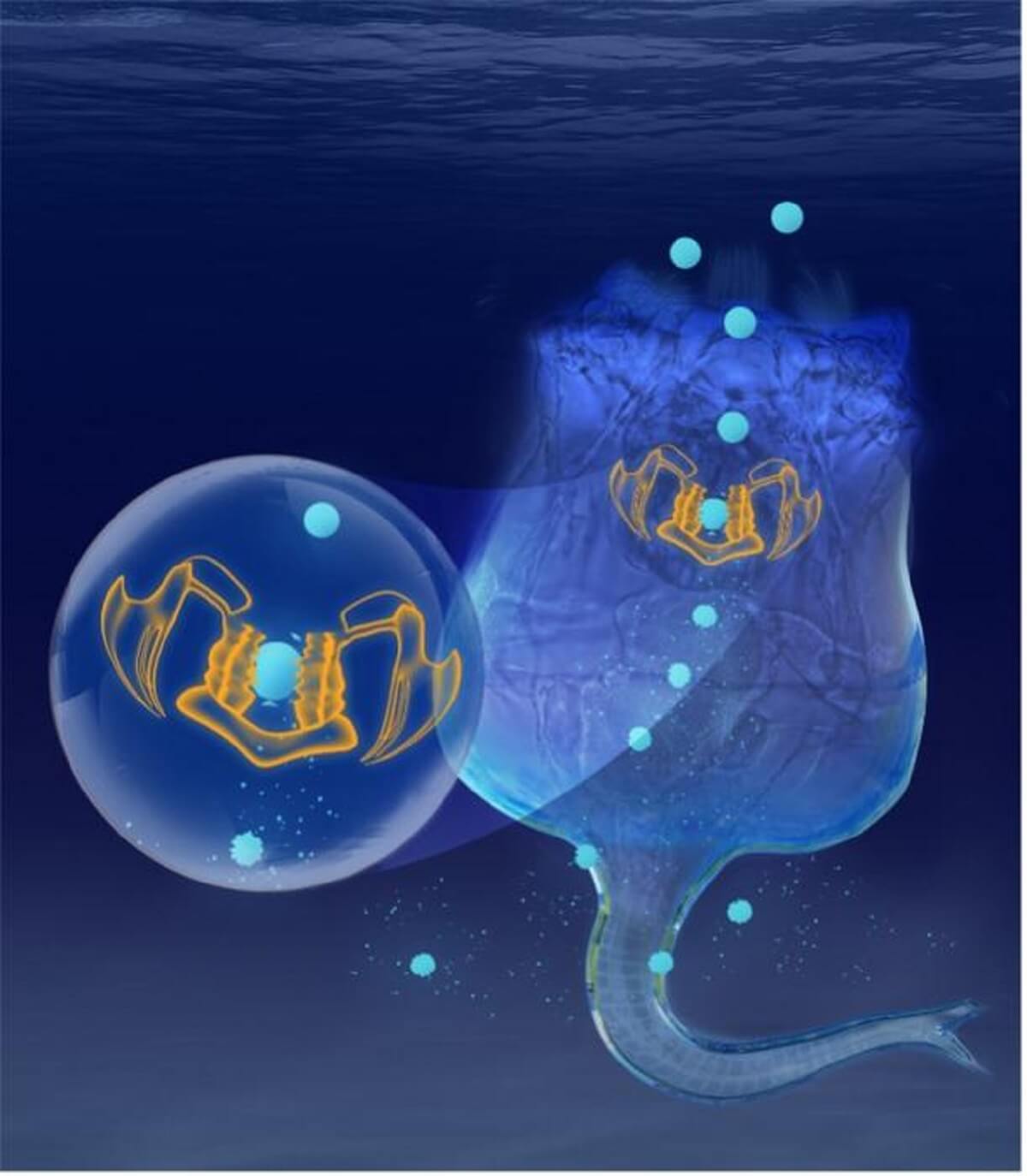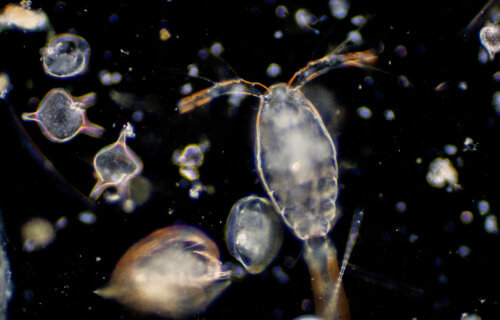AMHERST, Mass. — Plankton is rapidly escalating the environmental hazards of plastic pollution. New research is sounding the alarm about these microscopic creatures consuming microplastics and subsequently excreting even tinier plastic particles (nanoparticles) into oceans and freshwater bodies.
A specific group of zooplankton, rotifers, has been identified as culprits in producing these more hazardous nanoparticles. Researchers at the University of Massachusetts Amherst found that rotifers are capable of ingesting plastics that are 10 micrometers wide, breaking them down, and releasing thousands of nanoplastics back into their environment. Astonishingly, a single zooplankton can generate between 348,000 to 366,000 nanoplastic particles daily.
Theoretically, one microplastic can be reduced to an unfathomable number of nanoplastic particles — approximately one quadrillion. In China’s largest freshwater lake, Poyang, it’s estimated that zooplankton generate 13.3 quadrillion nanoparticles every day.
Traditionally, nanoplastics are formed when sunlight degrades larger pieces and when waves cause them to grind against various surfaces, breaking them down further. The aging process of plastic bottles also contributes to the fragmentation.

However, this team was interested in how living organisms contribute to this process. While Antarctic Krill, another type of zooplankton, is known to break down microplastics, they inhabit remote regions. Rotifers, on the other hand, are more widespread, with around 2,000 species living in areas populated by humans.
“Humans produce enormous amounts of plastics, and yet we don’t have an effective way of recycling them. We began to wonder about nanoplastics and especially how they’re produced,” says Professor Baoshan Xing from UMass Amherst’s Stockbridge School of Agriculture, in a university release. “We chose rotifers in part because they occur throughout the world’s temperate and tropical zones, where people live.”
This discovery has implications for accurately assessing the worldwide movement of nanoplastics. They are not only potentially toxic to various life forms but can also transport additional contaminants into the environment. Moreover, the release of harmful chemical additives from plastics may increase during and after fragmentation.
“Our work is just the first step,” Prof. Xing adds. “We need to look at other organisms on the land and in water for biological fragmentation of microplastics and collaborate with toxicologists and public health researchers to determine what this plague of nanoplastics is doing to us.”
Microplastics have penetrated every environment on Earth, from the summit of Mount Everest water to the depths of the Mariana Trench. Plastic can persist in nature for up to 500 years, and studies have found microplastics in human blood and heart tissue. The full extent of the risk microplastics pose to human health and planetary ecosystems remains unknown, but their presence is indisputably altering natural habitats globally.
“We show for the first time the ubiquitous fragmentation of microplastics by rotifers. This is a newly discovered route to produce and generate nanoplastics in both freshwater and seawater system worldwide, in addition to well-known physical and photochemical fragmentations,” says lead author Professor Jian Zhao of the Ocean University of China. “This finding is helpful for accurately evaluating the global flux of nanoplastics.”
The study is published in the journal Nature Nanotechnology.
You might also be interested in:
- Microwaving baby food containers releases BILLIONS of harmful plastic particles
- Plastic pollution may be creating a whole new ecosystem in the ocean
- Shocking research discovers ants wrapped in plastic for the first time
South West News Service writer Pol Allingham contributed to this report.

